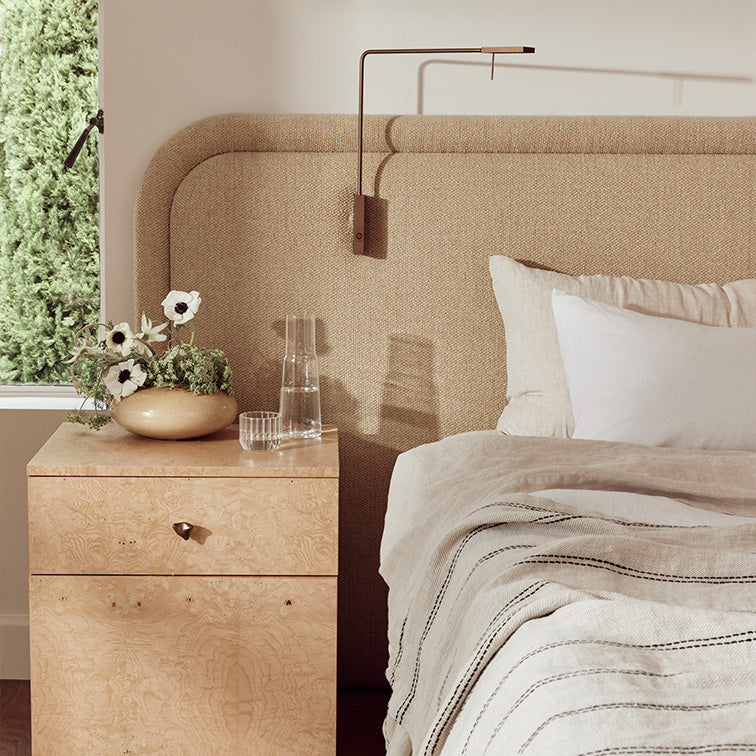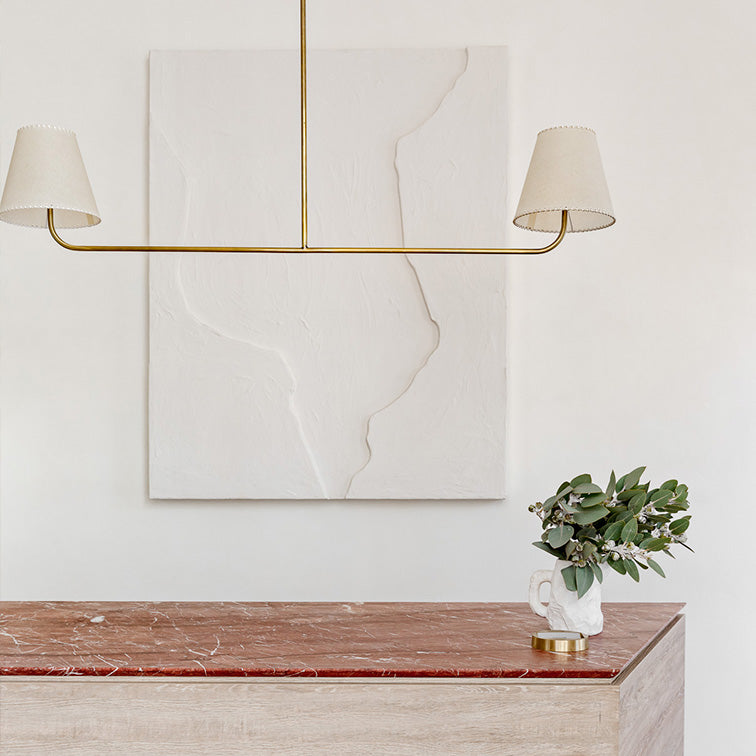Benefits of Linen
Origins of linen.
Linen fabric is woven from the fibres of the flax plant, a highly sustainable crop that also creates many byproducts we are familiar with like flax oil and flaxseeds. The flax fibres are used to create yarn which is then woven into fabric. Flax crops are naturally very resilient and use far less water and pesticides than other crops such as the cotton plant.
The best flax is grown in Europe due to the ideal weather climate and Belgium and France are considered to have the highest quality flax. Although there is also flax grown in other countries such as India.
The flax is then dyed and woven into fabric meterage for making products. For ‘Natural’ coloured linen, the yarn is left undyed. The linen fabric can then be garment dyed and this is where the colours are added to the Natural linen to create a completed piece. Chambray linen is created with two colours (typically White and another colour) woven together. Bedding and apparel are then created from the fabric and the final step of the process is typically a natural enzyme wash. This wash creates an acceleration in the softening of the fabric that would otherwise take years to accomplish.
The drivers of high quality linen.
For a premium final result there are many factors at play in the production of linen. It all starts with the best quality flax selected each season. The following list summarises the elements that contribute to the overall product quality.
1. The source of the flax.
2. The quality of the weaving.
3. The dyeing process whether yarn dyed or garment dyed.
4. The sewing and detailing of the finished products, and
5. The enzyme-wash process which ensures a soft vintage feel from day one.
Benefits of linen.
Aside from the environmental benefits that the production of linen supports, there are many benefits to using linen in the home to sleep on. Linen is very comfortable in warm climates: it is naturally highly absorbent, meaning it can absorb a high percentage of its own weight in water without feeling wet. It is also highly breathable given its woven nature and will be temperate to sleep in, for both hot and cool sleepers.
Linen is also considered to be a very long lasting fabric, although the length of its life will depend on a number of factors like the weight of the linen and also the way it is used and cared for. The enzyme-wash process that is used in todays linen production does accelerate the ageing process, so the longevity that we’ve seen in our grandparents linens which were heavier weight and not as soft to start, may not be matched by linen produced today.
A great choice for those conscious of the environmental impact of their purchases, most pure linen bedding is simply designed so won’t date, can be used for years, and also is produced much more efficiently than other fabrics such as cotton, with very little water and pesticides.
Click here to view our buyer's guide to linen.
 Skip to content
Skip to content









